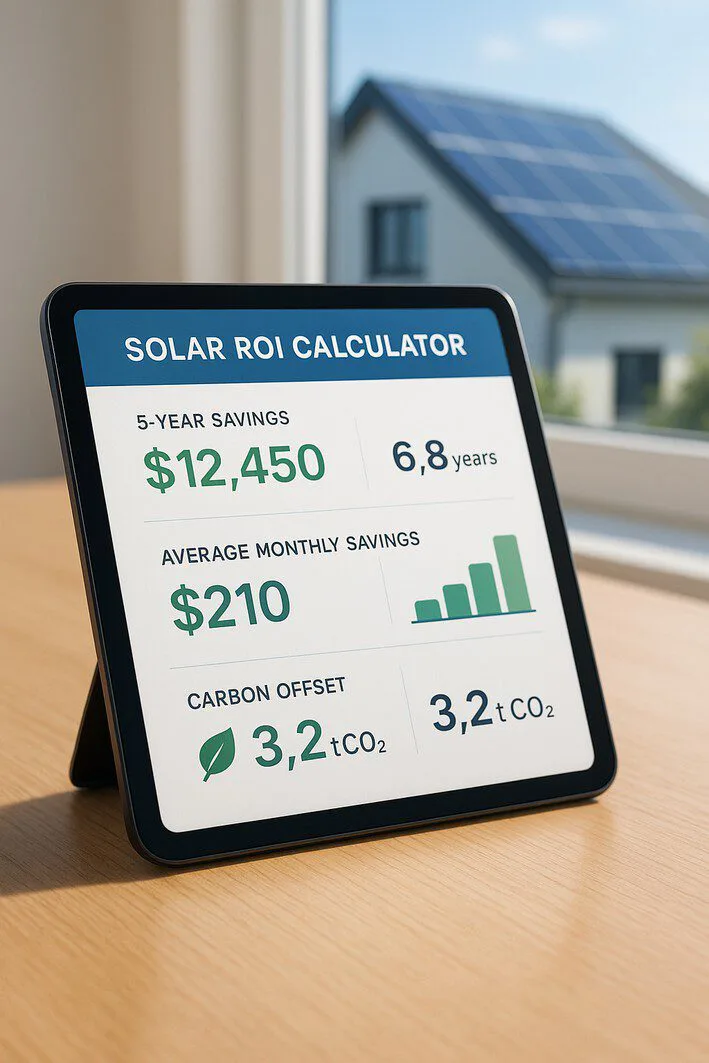The main goal of product development is to create a valuable, user-centric product that effectively solves a specific market problem while achieving defined business objectives. It’s a strategic process that transforms an idea into a tangible solution that customers love and that drives sustainable growth for the company.
Table of Contents
Understanding this core purpose is the first step toward innovation and market leadership. Whether you’re developing a new residential solar system or a software application, a clear focus on this goal separates successful products from those that fail to gain traction. This article will explore the primary purpose of product development and explain why this process is so critically important for any forward-thinking business.
The Core Purpose of Product Development: A Deeper Look

While the overarching goal is a blend of user value and business success, we can break down the purpose of product development into three essential pillars. A successful product must deliver on all of them.
1. Meeting Customer Needs and Solving Problems
At its heart, product development is an act of service. It begins with identifying a pain point, a need, or a desire within a target market. The entire process is geared toward creating a solution that is not just functional but also intuitive and desirable for the end-user. For example, a homeowner doesn’t just want solar panels; they want to reduce their energy bills, increase their home’s value, and contribute to a cleaner environment. A successful product directly addresses these underlying needs.
2. Achieving Key Business Objectives
A product that doesn’t support the business is a hobby, not a commercial venture. Product development must be intrinsically linked to strategic goals, such as:
- Profitability: Generating revenue that leads to a healthy return on investment (ROI).
- Market Share: Capturing a larger piece of the market from competitors.
- Brand Enhancement: Building a reputation for innovation, quality, and reliability.
- Strategic Positioning: Entering new markets or securing a leadership position in an existing one.
3. Driving Innovation and Staying Competitive
Markets are not static. Customer expectations evolve, and new technologies emerge. Product development is the engine that keeps a company relevant and competitive. It involves not just creating new products but also iterating on and improving existing ones. By consistently exploring new ideas and refining solutions, a company can stay ahead of the curve and defend its position against competitors.
Why is Product Development Important for Your Business?
Now that we understand the goal, it becomes clear why is product development important. It’s not just a departmental function; it’s a fundamental driver of business health and longevity.
A structured approach to development ensures that resources are allocated effectively. Instead of chasing fleeting ideas, a formal process grounds your efforts in research, validation, and strategic planning. This is where having a comprehensive solar knowledge base becomes a powerful asset, allowing teams to make informed decisions based on deep industry and customer understanding.
Focusing on a specific niche, such as creating best-in-class residential solar solutions, allows a company to channel its resources more effectively. This targeted approach leads to superior products that resonate deeply with a specific audience, building brand loyalty and establishing authority.
The Journey from Idea to Market-Ready Product
The path from a concept to a launched product is a multi-stage journey. Each phase is designed to refine the idea, reduce risk, and increase the chances of market success. While methodologies vary, the process generally includes:
- Market research
- Ideation
- Design and prototyping
- Testing
- Manufacturing
Navigating these steps requires expertise and a clear roadmap. Following a structured product development process ensures that every decision, from initial concept to final performance evaluation, is aligned with the main goal of creating a valuable and viable product.
Validating Success with an ROI Calculator

A critical part of achieving business objectives is proving the product’s value—both to the company and the customer. This is where practical tools come into play. For instance, an ROI calculator is an essential part of the decision-making process for consumers considering a significant purchase like a solar system. For the business, it validates the product’s core value proposition and helps quantify its financial viability, directly supporting the main goal of product development.
Conclusion: The Enduring Value of Purpose-Driven Development
The main goal of product development is a powerful compass that should guide every decision your team makes. It’s about creating a symbiotic relationship where the customer receives immense value from a solution that solves their problem, and the business achieves the growth and profitability it needs to thrive.
By keeping this dual purpose at the forefront—serving the user and fulfilling business objectives—you can transform innovative ideas into market-leading products that stand the test of time.

